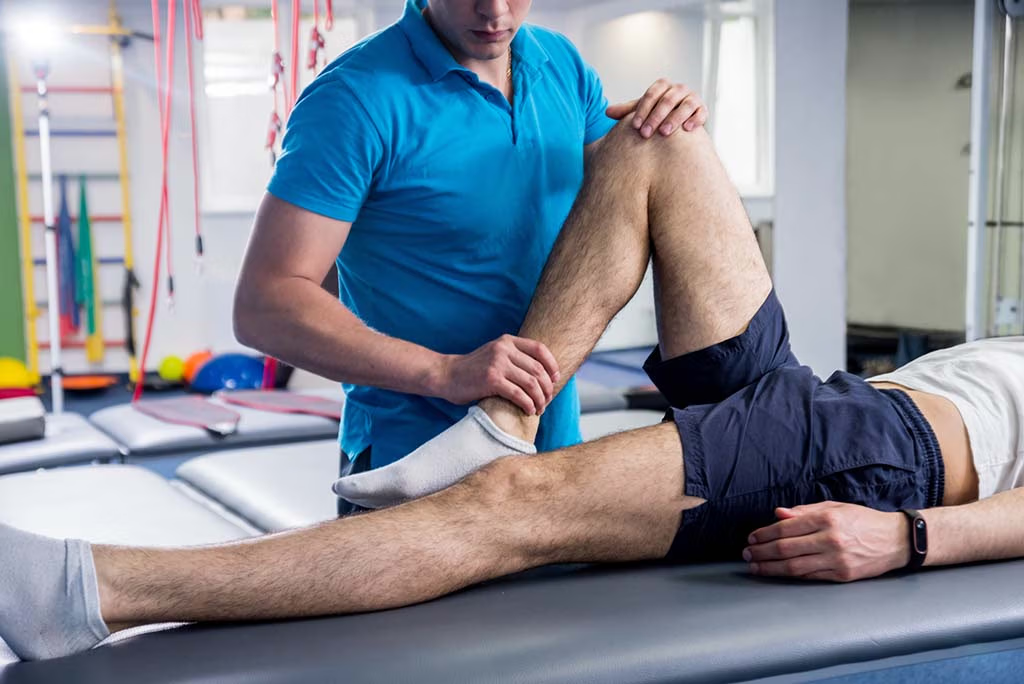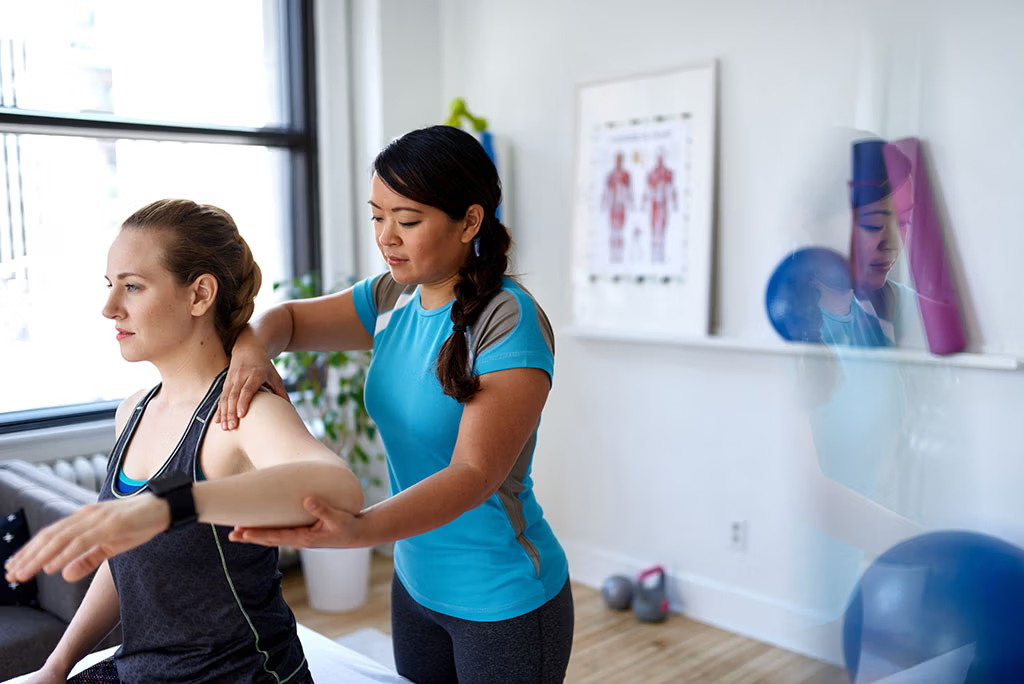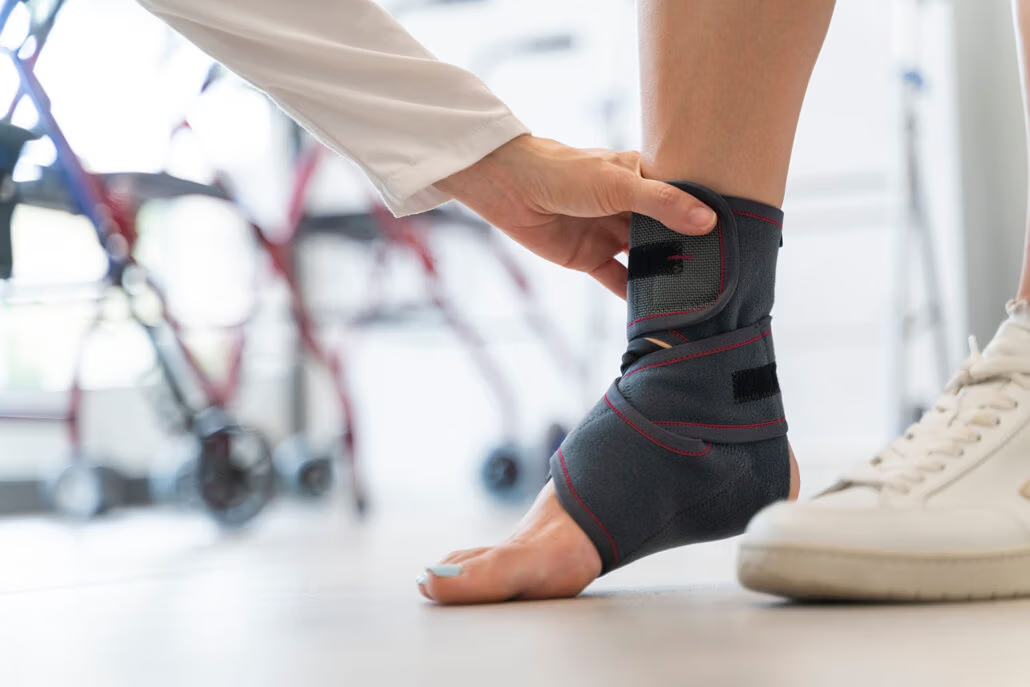THE SCIENCE BEHIND JOINT MOBILIZATIONS
Joints, the complex structures in our body consisting of bone, cartilage, ligaments, and synovial fluid, play a pivotal role in mobility. When they are impaired, quality of life can be significantly impacted. Joint mobilizations offer a direct, therapeutic approach to tackling stiffness, discomfort, and dysfunction.

GRADES OF JOINT MOBILIZATION
Joint mobilization techniques are classified into five distinct grades, each customized according to a patient’s specific condition and tolerance. The initial two grades aim at reducing pain and muscle spasms, while grades III through V strive to boost joint mobility by stretching or distending the joint capsule. This adaptable approach allows therapists to deliver individualized treatments, ensuring optimal efficacy.
BENEFITS OF JOINT MOBILIZATIONS
Joint mobilizations are an effective solution for various conditions such as osteoarthritis, rheumatoid arthritis, sports injuries, and post-operative rehabilitation. They have been scientifically validated, with studies indicating their potential in improving knee joint function in osteoarthritis patients when combined with exercises. Similarly, patients with conditions like frozen shoulder have experienced enhanced mobility following joint mobilization therapy.

A HOLISTIC APPROACH TO HEALTH
Beyond physical manipulation, joint mobilizations incorporate a comprehensive approach promoting overall health and wellness. Physiotherapists guide patients through self-care routines that include specific exercises, stretches, and lifestyle modifications. This extends the benefits of joint mobilizations beyond the therapy room, enabling patients to independently manage their symptoms and improve their mobility.
CONSIDERATIONS AND IMPLICATIONS
The effectiveness of joint mobilizations can vary based on factors like the type of joint dysfunction, overall health, age, and adherence to self-care activities. Nevertheless, when administered appropriately, this technique can significantly enhance an individual’s range of motion, pain levels, and overall quality of life.
Furthermore, positive impact on the healthcare system by reducing dependence on medications and invasive procedures is provided through these specific techniques. They offer a non-pharmacological option for pain management, thus lowering the risk of side effects and complications associated with long-term medication use or surgery.
THE FUTURE OF JOINT MOBILIZATIONS IN PHYSIOTHERAPY
In summary, this practice is an integral part of physiotherapy treatments. By offering a hands-on, tailored, and comprehensive approach to managing various joint-related conditions, they enable patients to take control of their mobility and lead active, fulfilled lives.
Joint mobilizations symbolize a blend of science, skill, and understanding – they address the needs of the human body in motion and enhance each individual’s potential to move and function without pain. For those grappling with joint issues, the expert guidance of a qualified physiotherapist utilizing this therapy can be life-changing.

